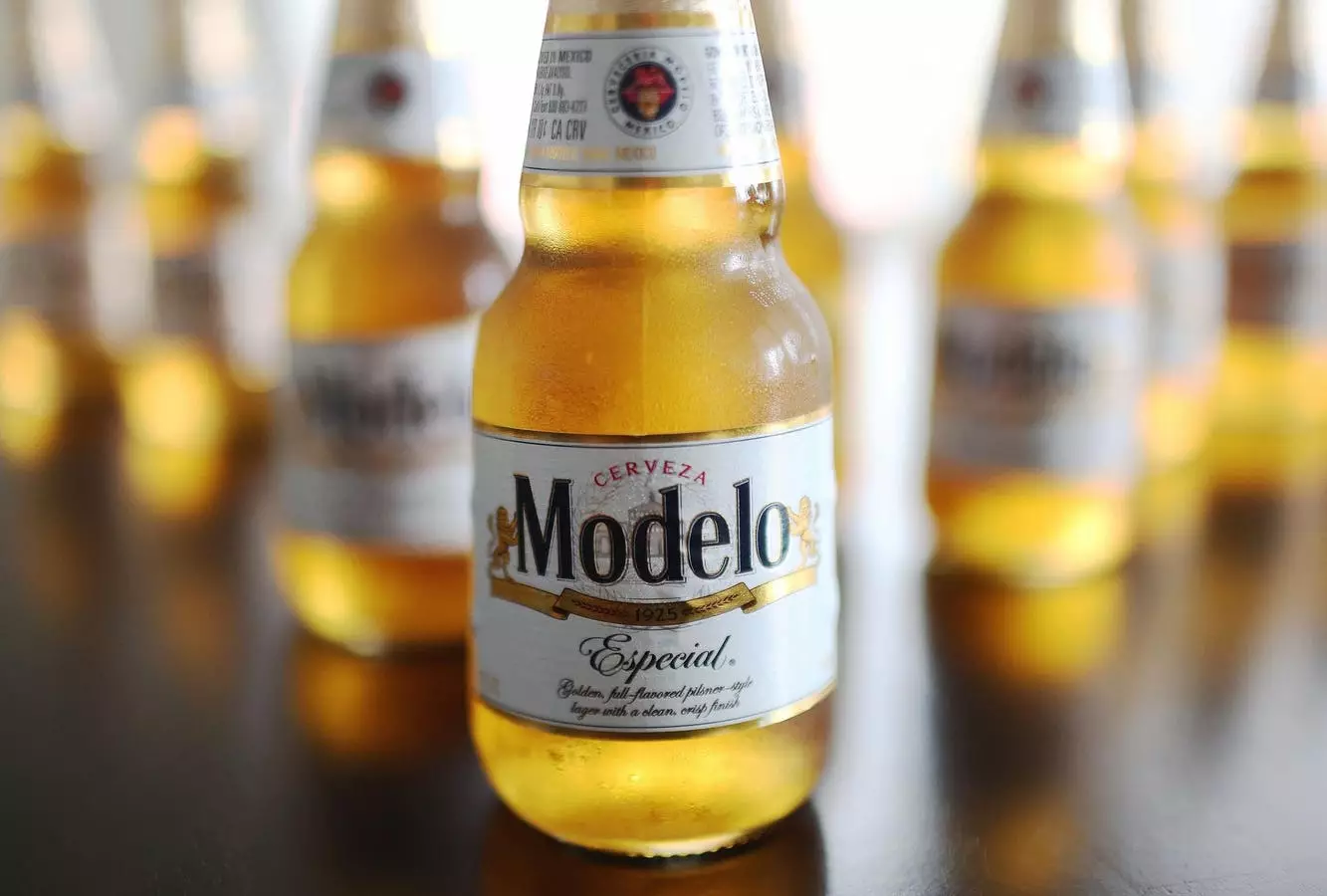When examining the dynamics of the beer industry in the United States, a significant and evolving narrative emerges around the success of Mexican-imported beers. With Modelo Especial now reigning as one of the best-selling beers in the country, it is imperative to explore the ramifications of potential tariffs that could redefine this competitive landscape. The proposed 25% tariffs on imports from Mexico and Canada, set forth by President-elect Donald Trump, loom large over the industry, presenting both threats and challenges that demand a closer look.
In recent years, Mexican beers have captured an impressive share of the American market. Their popularity stems from both quality and brand recognition, with many consumers favoring these imports over domestic alternatives. The shift in consumer preference has not gone unnoticed—reports indicate that the sales of imported beers now overshadow those of their domestic premium counterparts. This paradigm shift reflects changing tastes and cultural influences that have made Mexican beers synonymous with a premium experience. However, with the introduction of tariffs, the sustainability of this trend comes into question.
Economic Implications of Tariffs
Donald Trump’s promise to implement a substantial tariff on imports from neighboring countries could have profound implications for the beer market. Industry experts predict that these tariffs would lead to an inevitable rise in prices for imported beers. As noted by Kate Bernot, a leading beverage analyst, the correlation between tariff imposition and price increase is clear: if costs rise for imported brands, domestic breweries may feel empowered to follow suit. This could push the overall price of beer higher, regardless of origin, compounding the challenges faced by consumers in an already complex market.
The dual challenge of rising prices could deter some consumers, particularly those who are price-sensitive. In theory, these drinkers might reconsider their choices and turn to budget alternatives. However, the reality within the category of Mexican imports complicates this narrative. With limited major players in this market, transitions to less expensive options may not be as straightforward as anticipated.
The Domestic Production Dilemma
The prospects of shifting some of the import production domestically to bypass the tariffs have been met with skepticism. For multinational beer brands, establishing local production facilities entails enormous capital investments and extensive infrastructure development—ask any industry insider, and they might emphasize the challenges of undertaking such a transformation. The logistics involved in maintaining quality and delivering beer to market cannot be overlooked.
Furthermore, the tariffs are not merely limited to finished products; they also encompass essential brewing materials. The United States relies heavily on imports for malting barley from Canada and aluminum required for packaging. This dependency raises alarms over potential strain on domestic beer production, where increased costs could ultimately dampen production and diminish variety available to consumers.
One notable aspect of trade tariffs is the potential for retaliatory measures. Historical precedence suggests that punitive tariff measures can elicit counteraction, which, as Bernot points out, could adversely impact U.S. exports of alcoholic beverages. Should Canada and Mexico respond with their own tariffs, the result could escalate further difficulties for American brewers, creating a vicious cycle.
Moreover, while it may be argued that beer as a category might weather the impact of tariffs better than spirits or wine, this does not signify that the consequences would be negligible. The complexities intertwined within global beer distribution, combined with the intricacies of consumer behavior, articulate a future where the American beer scene could encounter unanticipated disruptions.
The proposed tariffs on Mexican and Canadian imports present a multifaceted challenge for the U.S. beer industry. While the current trajectory of growth for Mexican-imported beers reflects consumer trends favoring premium options, looming tariffs could undermine this progress. The ripple effects extend beyond mere price increases to influence domestic production, supply chains, and international relationships. As the industry braces itself for potential tariffs, stakeholders must remain vigilant and proactive, navigating these uncertain waters with strategies that prioritize both consumer satisfaction and market sustainability. The future of beer, it seems, is set to be reshaped, and whether for better or worse remains to be seen.


Leave a Reply